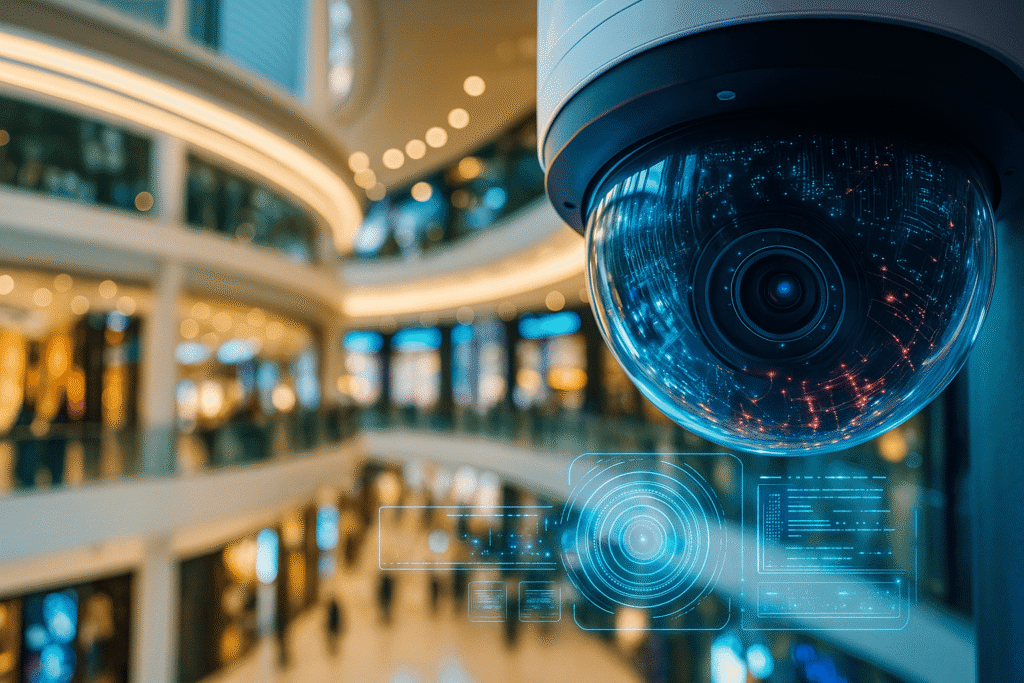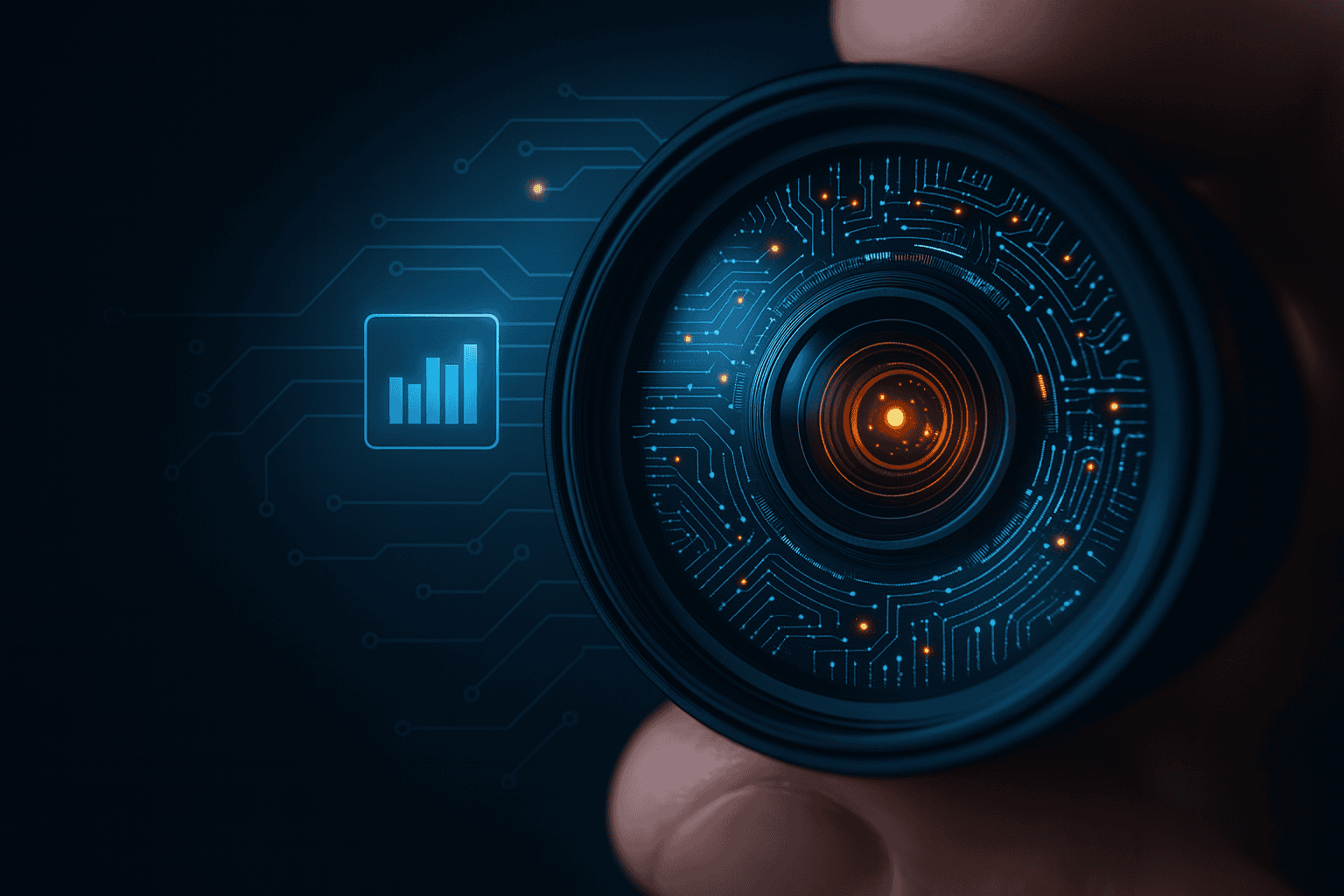For decades, CCTV (Closed-Circuit Television) systems were synonymous with passive surveillance – cameras mounted on walls, recording images “just in case” or supporting the work of security, but requiring full human involvement. In the event of an incident, it could go unnoticed in real time, so the video material was reviewed manually by a security guard – often with a significant delay, sometimes with poor results.
Today, this reality is changing rapidly. The development of artificial intelligence (AI), edge computing technology and data analytics has transformed classic CCTV into a powerful tool supporting business decision-making. It is not just monitoring. It is real-time Business Intelligence.
Dynamic growth of the video analytics market
The AI-based video analysis market is developing at a dizzying pace. According to a report by MarketsandMarkets, its value is expected to increase from approximately USD 8.3 billion in 2023 to over USD 22 billion by 2028, which means an average annual growth of over 22%1. Such development is driven not only by growing security requirements, but above all by the need for automation, optimization of operating costs and better decision-making in real time. Investments in edge AI solutions, which allow for image analysis directly on the end device, without the need to send data to the cloud, are growing particularly rapidly, which is important for both efficiency and data privacy.
A new era: CCTV as a data source
Thanks to integration with AI and machine learning technologies, cameras are no longer just passive recorders. Today, monitoring systems supported by appropriate software can:
- Analyse images in real time
- Detect events
- Identify people, vehicles or objects
- Track the movement of objects and people
- Generate quantitative and qualitative data that support decision-making processes
As a result, cameras become the senses of an intelligent enterprise, and conclusions can be drawn from video data that would previously require enormous amounts of time spent analysing recordings by humans.
Real applications – how an image becomes knowledge
Example 1: Manufacturing plant
AI analyses operational zones and detects when a machine is operating without an operator – which may indicate downtime, failure or procedural error. Thanks to the alert, we react immediately, not after 2 hours.
Example 2: Warehouse and logistics
Video analytics system tracks the movement of forklifts and pedestrians, generating heatmaps and detecting potential collision points. This allows for layout optimization and increased safety.
Example 3: Retail and commercial facilities
Image analysis can measure the number of customers, the length of queues and even emotional moods. This allows you to adjust the service and layout of the store to the actual behaviour of customers.
Example 4: Public facilities
In urban systems, image analysis can support traffic management, crowd management or detect potential threats (e.g. abandoned luggage).

CCTV + AI = Business Intelligence
The use of video analysis as a BI system brings specific, measurable benefits in various areas:
- In production, this will include, for example, shortening downtime, better management of the work of people and machines or better supervision over compliance with health and safety regulations.
- In logistics, it will translate into the optimization of material flow and improved safety.
- In retail trade, it can help to better understand customer behaviour and thus optimize the layout of stores or even products on shelves.
- In the case of physical surveillance, it will support the work of security guards and allow for immediate response to threats.
- In public facilities, it will ensure greater safety for people.
Importantly, much of this data can be analysed in retrospect – not only reacting at a given moment, but also drawing strategic conclusions based on trends.
Privacy and ethics
With growing opportunities also comes responsibility. AI image analysis software should be designed with GDPR compliance in mind (often through personal image anonymization), transparency of operation, and proper training of operators and end users.
Properly implemented, modern vision systems do not violate privacy – on the contrary, they strengthen trust in protection systems and operational processes.
What’s next?
CCTV is no longer just a security system. By equipping cameras with the right image analysis software using artificial intelligence, they become a component of an intelligent data ecosystem that helps make better business decisions, improve efficiency, increase safety, and respond in real time.
If you have been thinking of cameras as an expensive “must-have” so far, it is time to think differently, because well-used camera images can be your new source of competitive advantage.
The video analytics market is at the forefront of the fastest growing segments of digital technologies. For comparison: according to PwC data, the annual growth rate of the AI market (CAGR) globally is currently around 18-20%, while some niches, such as AI in the healthcare sector or cybersecurity, achieve CAGR even above 25%. Meanwhile, video analytics in the industrial, security and retail sectors is growing at a rate of 22-25% per year, which puts it on par with the most promising areas of digital transformation2. This growth is driven by the real need to automate surveillance, reduce costs and increase efficiency in dynamically changing business environments. Companies that invest in video analytics now are gaining a competitive advantage – both operational and strategic.
Want to know how video analytics can work for your business? Contact us – we will show you specific scenarios.
- Video Analytics Market Size, Share | Growth Analysis, Industry Report 2030 ↩︎
- PwC AI Predictions 2024, Allied Market Research – Video Analytics Market Forecast 2023–2030 ↩︎

